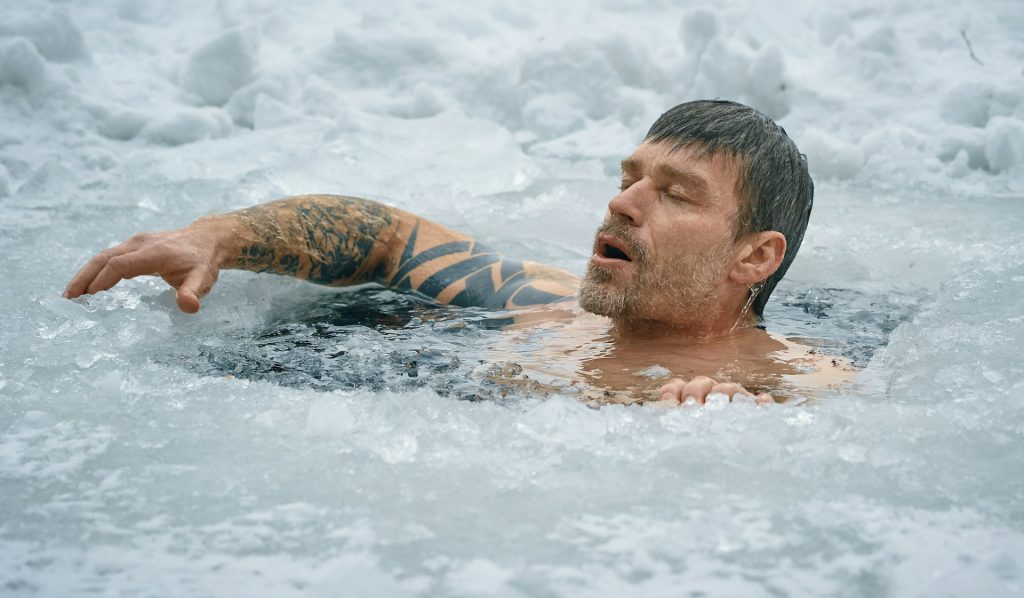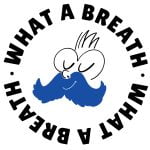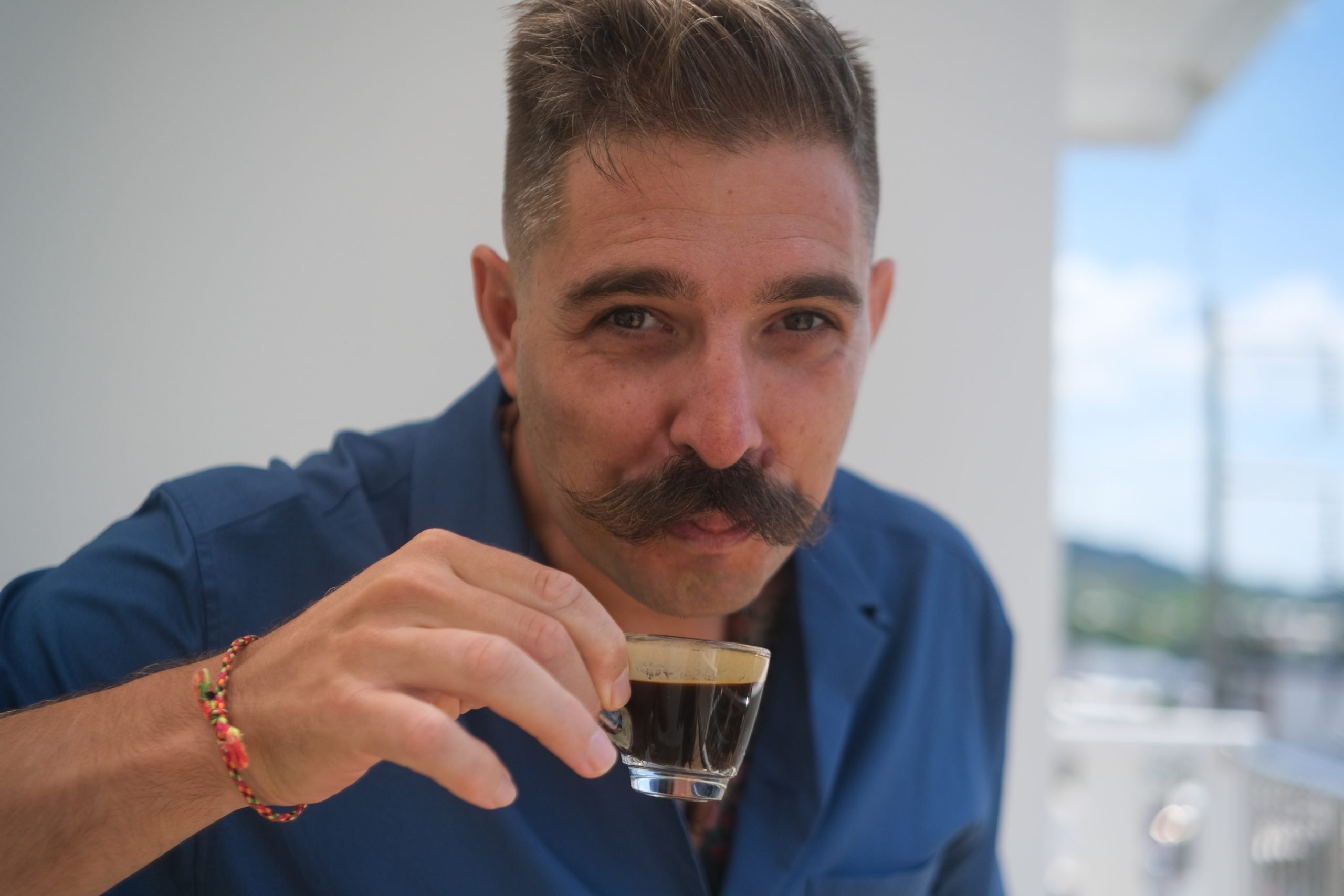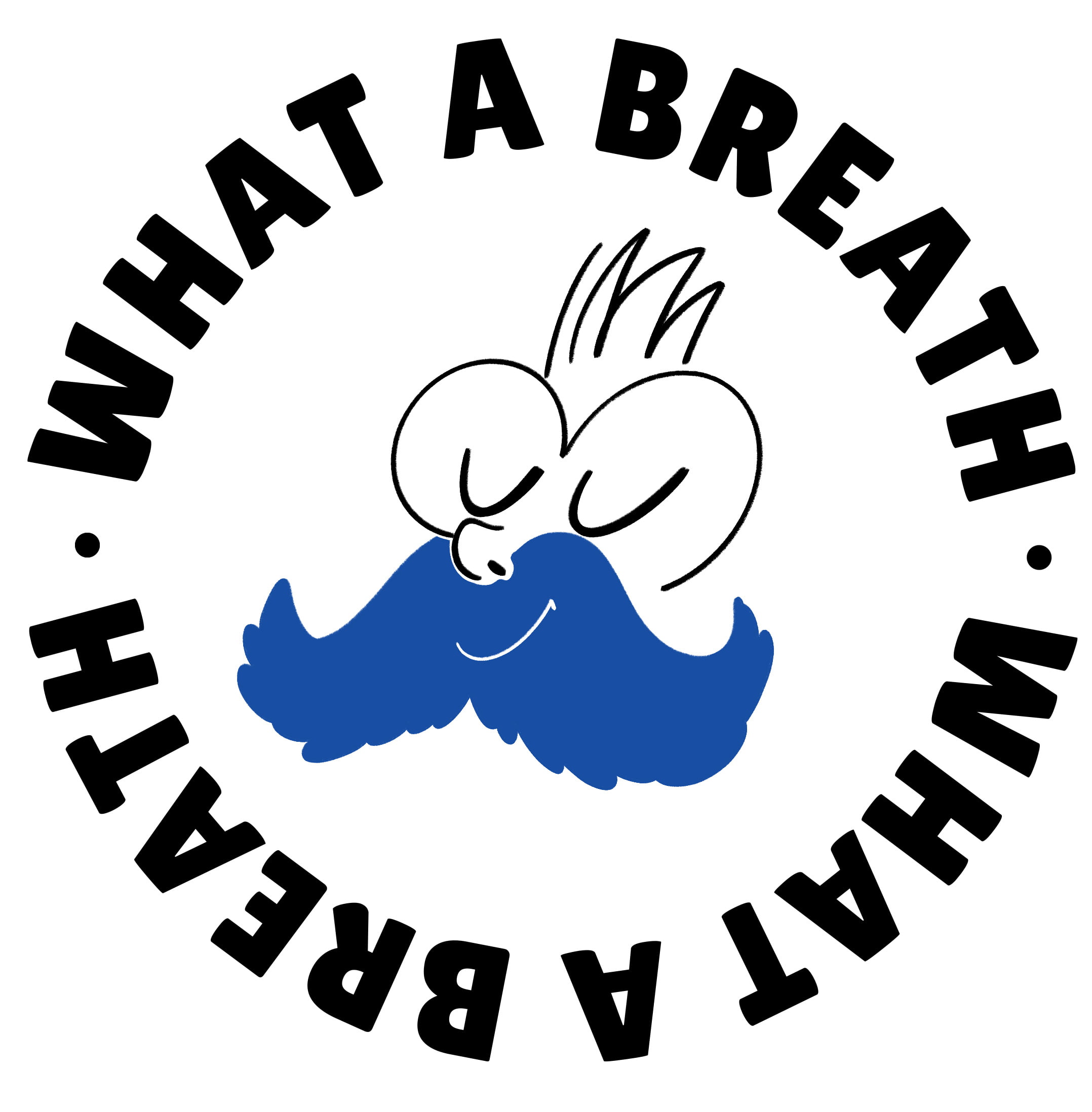Weeee, today we’re talking about something that goes beyond simple breathing. If you’ve ever heard of the Wim Hof Method (Otherwise you can find all the information at this link), you’ll know that one of its most incredible aspects is the ability to withstand extreme cold. But how does it work? What happens in the body when you voluntarily expose yourself to freezing temperatures? And most importantly, what role does breathing play in all of this?
The Wim Hof method and cold exposure
Wim Hof, also known as "The Iceman," built his reputation on his incredible ability to endure extreme climatic conditions. Climbing Everest in shorts, staying submerged in ice for record times, running marathons in the Arctic Circle—these aren’t feats for everyone.
His technique is based on three fundamental pillars: breathing, cold exposure, and mindset. While breathing plays a key role in controlling the autonomic nervous system, gradual exposure to the cold has a profound impact on the body's physiology. The combination of these elements allows for extraordinary resilience.
The physiological impact of cold exposure
When we expose ourselves to the cold, our body reacts with a series of adaptations. The first effect is vasoconstriction: blood vessels constrict to reduce heat dispersion and protect vital organs. This causes an increase in blood pressure and a faster heartbeat.
Then, brown adipose tissue comes into play—a type of fat that generates heat through a process called thermogenesis. People who regularly expose themselves to the cold tend to have higher levels of this tissue, which helps them tolerate low temperatures more effectively.
Regular cold exposure can also strengthen the immune system. Scientific studies have shown that those who practice the Wim Hof Method regularly produce more white blood cells and have a reduced inflammatory response, meaning they are less likely to get sick. Additionally, adapting to the cold can promote better blood circulation and reduce chronic inflammation, making it a natural way to improve overall health.
The role of breathing in cold resistance
If cold exposure is the ultimate test, Wim Hof breathing is the secret weapon to face it. The controlled hyperventilation technique increases the blood’s pH, making it more alkaline. This temporary state helps reduce pain perception and improves resistance to thermal stress.
Another key effect of breathing is the increase in adrenaline levels. This hormone activates the sympathetic nervous system, preparing the body to respond more efficiently to adverse conditions. In practice, those who practice Wim Hof breathing enter a state of "active control" over their physiological reactions, reducing discomfort and increasing cold tolerance.
Breathing also enables better oxygen transport to muscles and organs, helping maintain mental clarity even in stressful thermal conditions. This is crucial for those practicing ice immersion or physical activities in extreme environments, where breath control can mean the difference between enduring and having to give up.
Ice bath: the ultimate test
The ice bath is one of the most iconic practices of the Wim Hof Method. Immersing yourself in a tub of icy water is an experience that challenges both body and mind. The first impact is often shocking: the skin burns, breathing becomes frantic, and the brain screams, "Get out of here now!"

But those who manage to overcome the first few seconds and focus on breathing discover another reality: the body adapts, the breath slows down, and the cold becomes more bearable. Over time and practice, resilience increases, leading to surprising benefits such as reduced inflammation, improved muscle recovery, and a stronger cardiovascular system.
Many athletes use ice baths to speed up muscle recovery after intense exertion. The cold helps reduce swelling and pain, improving circulation and accelerating tissue healing. This explains why more and more professionals are integrating this practice into their training routines.
Conclusion
The connection between Wim Hof and cold resistance is much more than just a physical challenge. It is an adaptation process that involves breathing, the mind, and the body in perfect balance. Through breathing and gradual cold exposure, it is possible to develop extraordinary resilience, improve health, and discover capabilities that once seemed out of reach.
If you want to test your body and mind, try gradually introducing the Wim Hof Method into your routine. A cold shower today, some deep breathing tomorrow... and who knows, maybe in a few months, you'll be ready for your first ice bath! If you try it, share your experience with me on IG —it might be more revolutionary than you think!






